


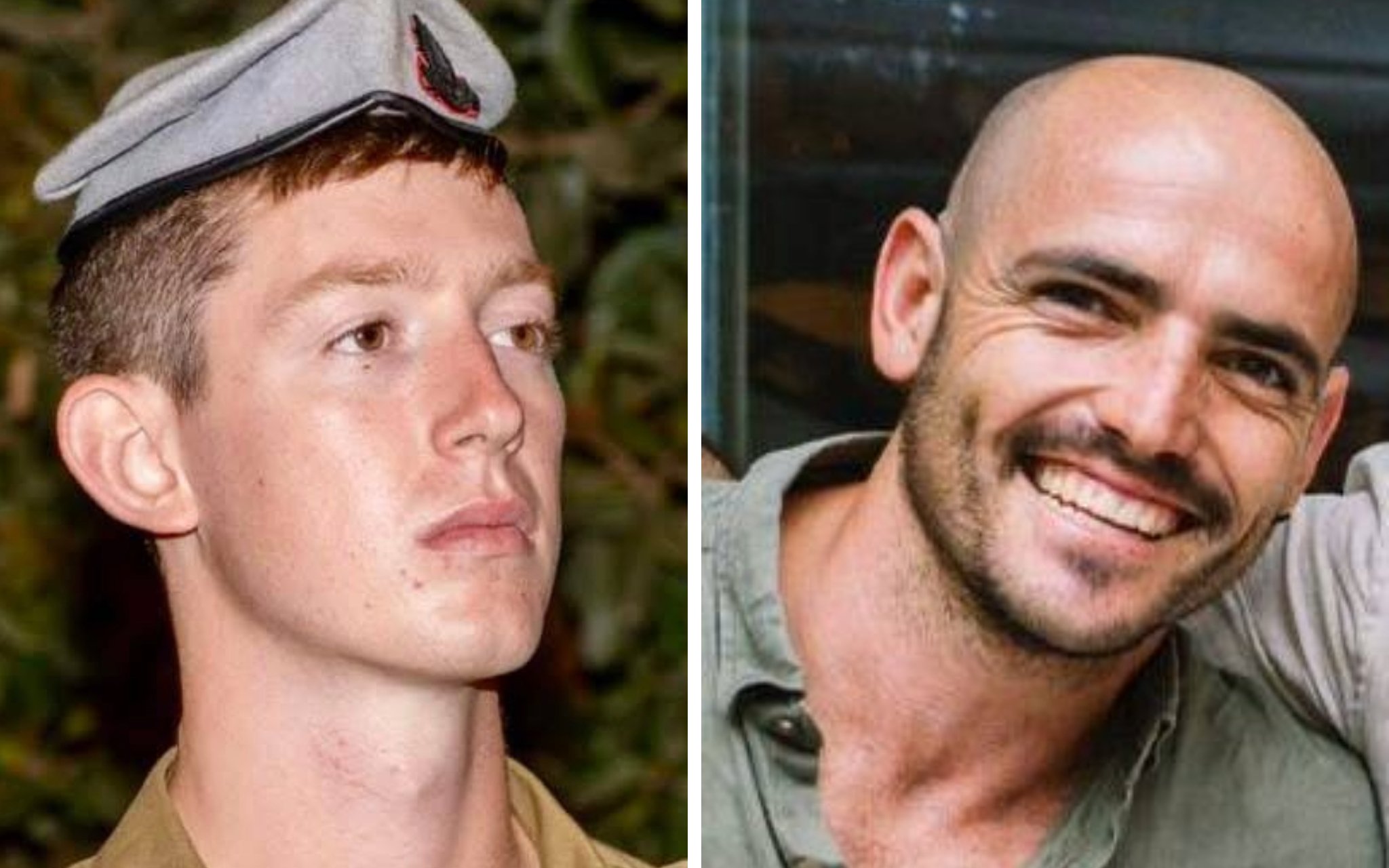
Four Israeli soldiers were killed and five were wounded by an explosion in a building in southern Gaza’s Khan Younis on Friday morning, the military said, amid an ongoing offensive against the Hamas terror group.
Two of the slain soldiers are named as: Sgt. Maj. (res.) Chen Gross, 33, of the Maglan commando unit, from Gan Yoshiya, and Staff Sgt. Yoav Raver, 19, of the Yahalom combat engineering unit, from Sde Warburg.
The names of the other two soldiers would be released later, the military said.
According to an initial IDF probe, the soldiers entered the building to clear it of possible terror infrastructure, including tunnels.
The building was booby-trapped and the explosion caused the structure to collapse on the soldiers, killing the soldiers and wounding the others, including one seriously.
The incident took place shortly after 6 a.m. in the Khan Younis suburb of Bani Suheila.

After the deaths of four soldiers, IDF Spokesman Brig. Gen. Effie Defrin said sometimes there’s “no choice” but to enter structures in the Strip to investigate them for possible tunnels.
“To do this, without being harmed by an explosive, we carry out a variety of methods. We will investigate this incident,” Defrin said in response to a question at a press conference.
Also in his press conference, Defrin said that IDF Chief of Staff Lt. Gen. Eyal Zamir held an assessment on the deadly incident at the Southern Command earlier in the day..
“Will draw lessons from this incident,” he adds.
In addition, Zamir sat down with Southern Command chief Maj. Gen. Yaniv Asor to assess the ongoing fighting in Gaza and approve “operational plans… for the continuation of the campaign in the Gaza Strip,” the IDF said.
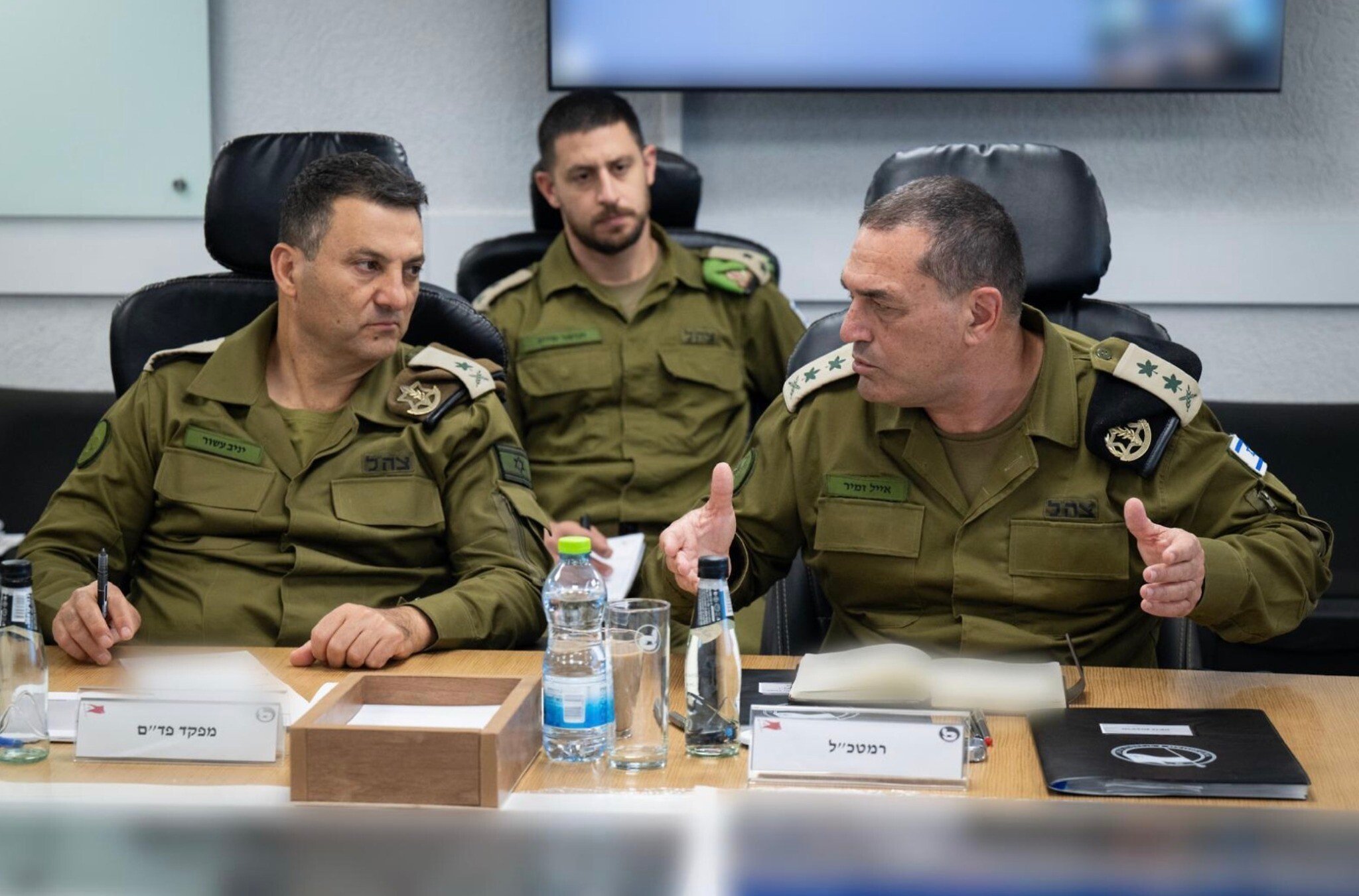
Israeli leaders expressed their condolences.
Prime Minister Benjamin Netanyahu called it a “sad and difficult day.” He said that the fallen gave their lives in a campaign “to defeat Hamas and to bring back our hostages.”
“Our four fighters gave their lives for all of our security,” he said in a statement. “The entire people of Israel embrace the dear families in their heavy grief.”
President Isaac Herzog stressed that “the price of war is extremely heavy,” adding, “This is a time of great sorrow, but also of great commitment: to stand behind the generation of heroic fighters, to embrace the families of the fallen, and to ensure that their names and heroism will never be forgotten.”
While Netanyahu insists that he plans to pursue the war until Israel achieves its goals, a poll published Friday found that most Israelis are not convinced the IDF’s current military operation in Gaza will help free the hostages or topple Hamas.
Netanyahu’s critics accuse him of prolonging the war, now over 600 days old, for political reasons to ensure that his hard-right coalition partners don’t desert him and bring down the government.
In the poll, the Israel Democracy Institute surveyed 601 Jews and 150 Arabs aged 18 and above from May 26 to May 29, asking them: In your opinion, will the IDF’s current operation in Gaza (“Gideon’s Chariots”) lead or not lead to bringing the hostages home and to defeating Hamas and ending its rule in Gaza?
Only 37% of respondents thought the military operation would bring the hostages home and only 38.5% thought it would defeat Hamas and end its rule in Gaza.
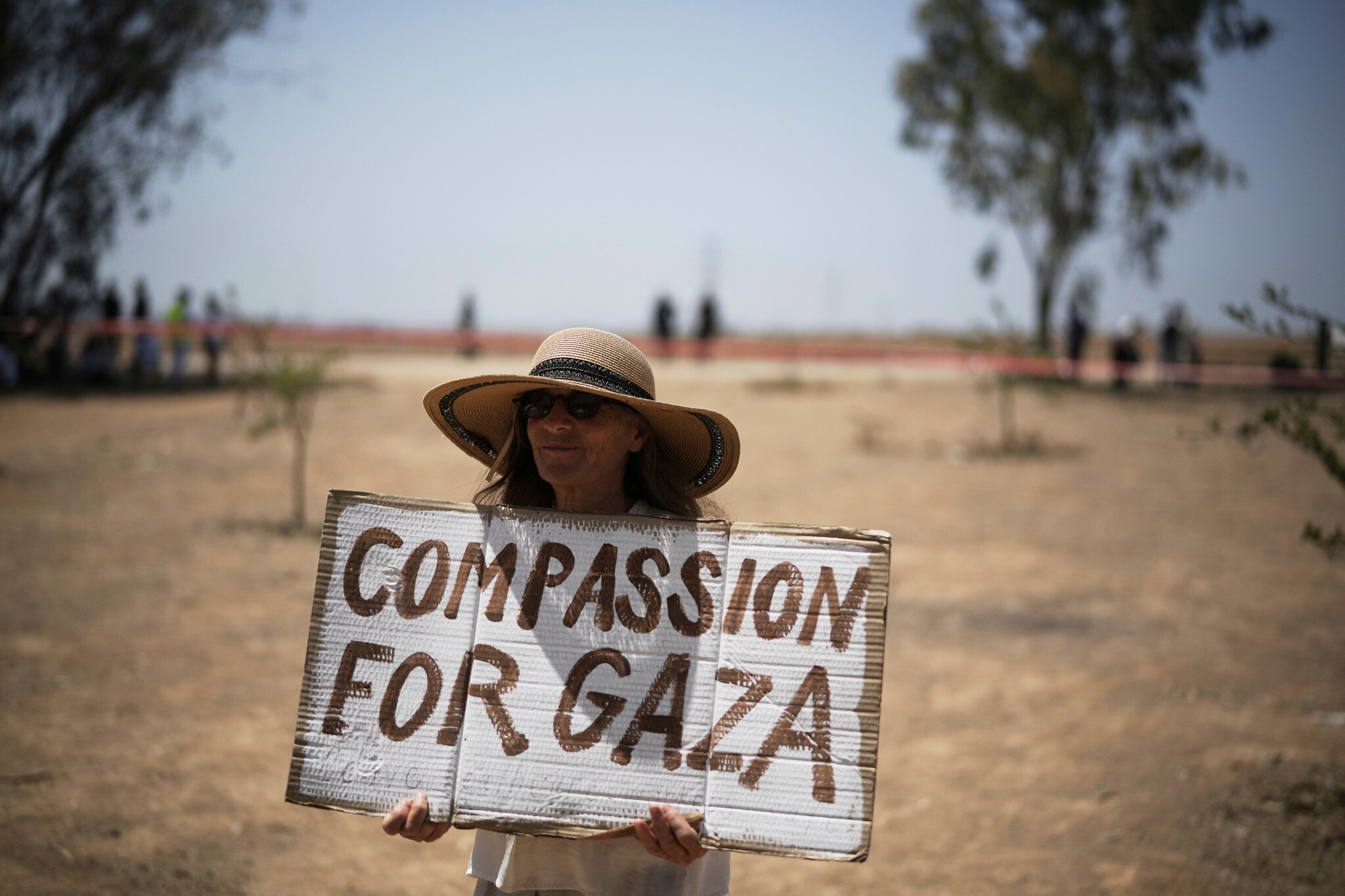
Even among respondents who voted for Netanyahu’s Likud party in the 2022 election, just 27% said that the military operation would lead to the freeing of the hostages and 31% said it would lead to the toppling of Hamas.
Israel launched its war in Gaza following the October 7, 2023, Hamas assault on southern Israel that killed some 1,200 people and took another 251 hostages. Terror groups in Gaza continue to hold 55 hostages. They include the bodies of at least 33 confirmed dead by the IDF, and 20 are believed to be alive. There are grave concerns for the well-being of three others, Israeli officials have said.
The deaths of the four soldiers on Friday brought Israel’s toll in the ground offensive against Hamas in Gaza and in military operations along the border with the Strip to 429.
Dwindling support at home has also been compounded by increasing international pressure on Israel, including from its allies, angry over the increasingly dire humanitarian situation in the Strip.
In an effort to alleviate the pressure, Israel has recently backed alternative efforts to supply aid to the Strip and bypass the Hamas terror group, which it accuses of seizing control of international aid.
But the Israeli-backed efforts to supply aid to the strip continued to be chaotic, with the organization in charge issuing several, sometimes contradictory statements as to the state of ongoing operations that have been beset by violent incidents.
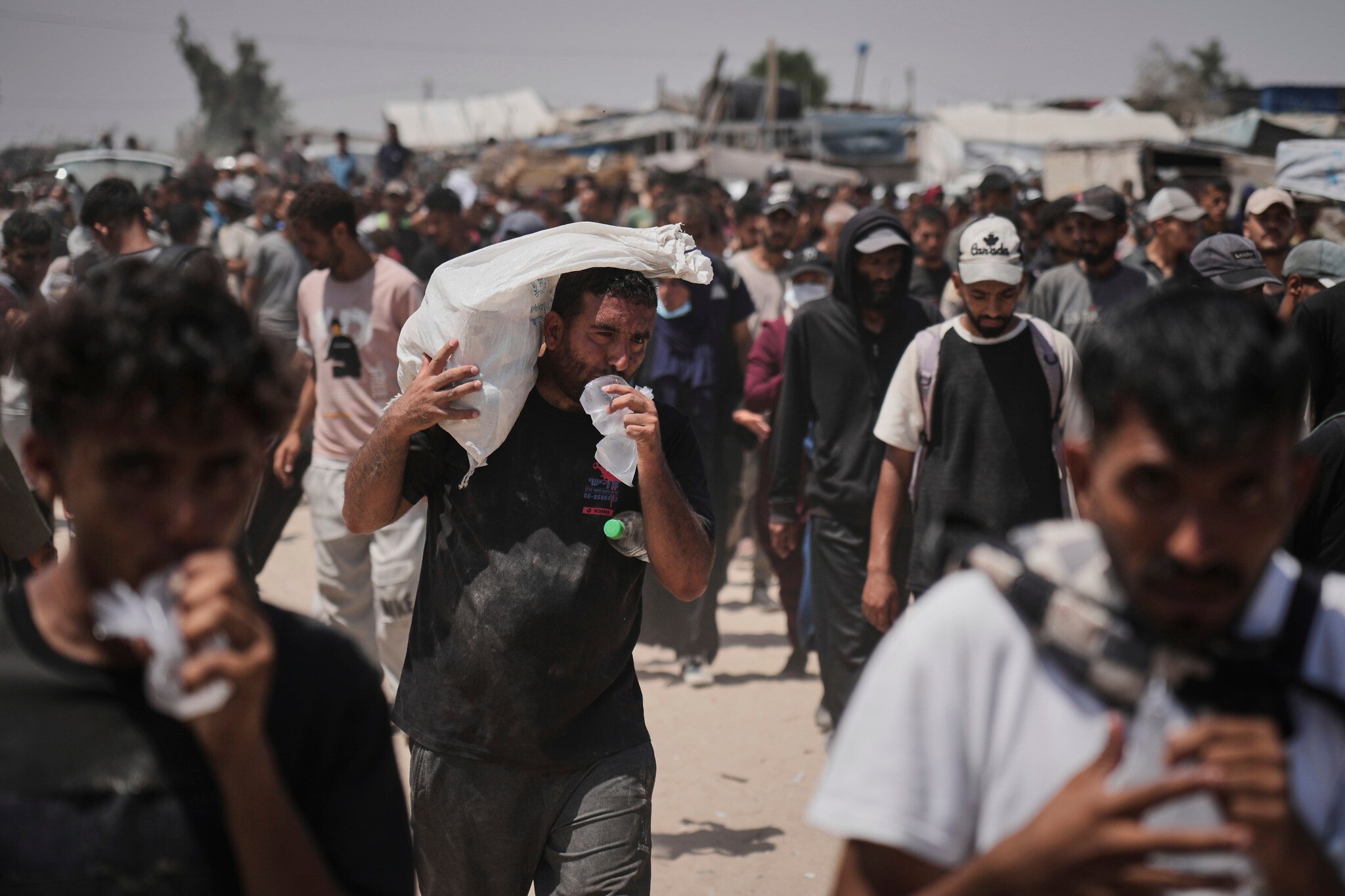
The Gaza Humanitarian Foundation said it was forced to close its sites early Friday due to “excessive crowding that made it unsafe to proceed.” However, it stressed in a statement that “at no point did violence occur.”
The announcement comes several hours after a similar post was made on its Arabic Facebook page, which is used to communicate directly with Gazans.
The Arabic post said GHF had closed its two Rafah sites because large crowds — particularly before the sites even opened — had hindered distribution. The post also urged Gazans to wait until GHF sends notifications out before heading to distribution sites.
Many have reported making the trek of dozens of kilometers only for them to arrive after boxes of food have run out.
The limited food was also likely a contributing factor for overcrowding, with hunger still plaguing much of the Strip after a 78-day Israeli blockade through most of March, April and May.
GHF says it has distributed roughly 25,000 boxes of food since it began operations late last month, but families with men and boys strong enough to make the trek, wait in line and lug large boxes back to their homes have a major advantage over others. The boxes are filled largely with dry food products that to prepare still require cooking equipment or community kitchens, which are in very low supply throughout the war-ravaged Strip.
GFH said it distributed 8,160 boxes of food at the two Rafah sites before it closed them. It says each box has enough food inside to feed 5.5 people for 3.5 days.
Since it launched operations on May 26, GFH said it has distributed nearly 9 million meals.
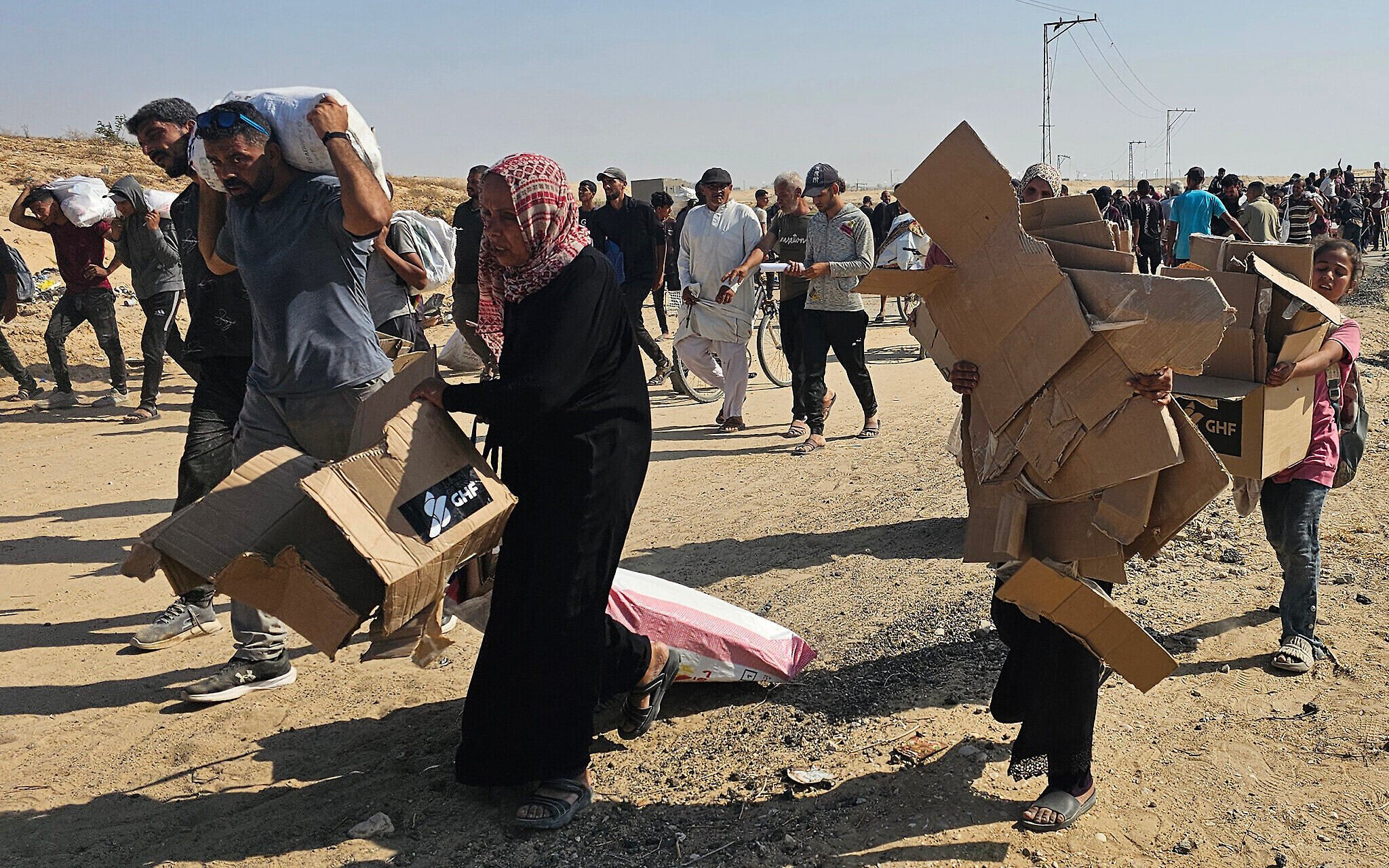
While GHF has been operating three distribution sites, only one or two have been open on most days since the May 26 rollout, and no timeline has been provided for when a site in northern Gaza will be opened.
The small number of distribution sites aimed at serving a population of roughly two million has been a major point of criticism from the UN and other international organizations, who have argued that Palestinians in need should not be forced to walk long distances through war zones in order to pick up food.
The dangerous conditions were highlighted earlier this week when the IDF admitted to opening fire toward Palestinians who it said had strayed from the pre-approved road they’re supposed to use to reach aid sites.
Dozens were killed and hundreds were injured in three incidents, according to Hamas health authorities and the Red Cross. The IDF insisted that those figures were exaggerated and described its fire as warning shots.
In an effort to lessen the chaos and violence, the IDF on Friday issued fresh instructions to Gazans on how to access the aid sites, saying that movement toward the humanitarian aid distribution sites is only permitted during daylight, between 6 a.m. and 6 p.m.
Outside the daylight hours, from 6 p.m. to 6 a.m., “the area is considered a closed military zone,” said Col. Avichay Adraee, the IDF’s Arabic-language spokesman.
“Entering it poses a great danger to your lives. It is strictly prohibited to enter the distribution centers and the area near them” during the night, he said, also urging Palestinians to listen to instructions from GHF.
Meanwhile, Israel continued its ground offensive and airstrikes.
Israeli airstrikes killed 38 Palestinians Friday, according to Hamas-run health authorities, who cited bombing in Gaza’s Jabalia, Tuffah and Khan Younis areas.
The Hamas-run Gaza health ministry says more than 53,000 people in the Strip have been killed or are presumed dead in the fighting so far, though the toll cannot be verified and does not differentiate between civilians and fighters. Israel says it has killed some 20,000 combatants in battle as of January and another 1,600 terrorists inside Israel during the October 7 onslaught.
Israel has said it seeks to minimize civilian fatalities and stresses that Hamas uses Gaza’s civilians as human shields, fighting from civilian areas, including homes, hospitals, schools and mosques.
The IDF had no immediate comment on the Friday reports. Witnesses and medics told Reuters that Israeli planes and tanks had intensified strikes on Jabalia and nearby Beit Hanoun — in northern Gaza — since the early hours of Friday.
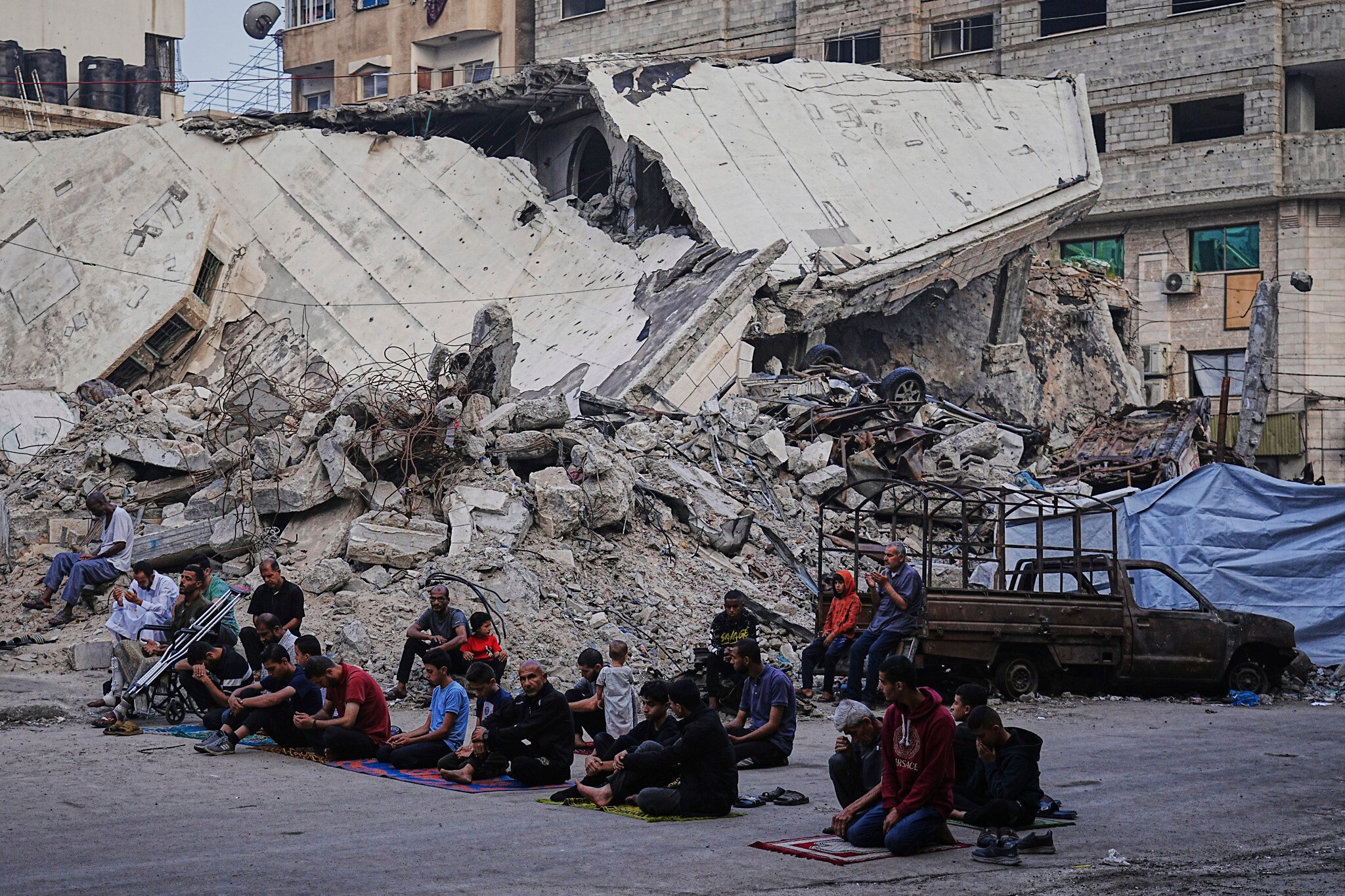
Israel on March 18 resumed its attacks against Hamas with a wave of airstrikes, ending a two-month ceasefire.
The IDF has since deployed tens of thousands of troops into the Strip and has been carrying out a wide-scale ground offensive aimed at defeating Hamas’s military wing and ending its civil rule in Gaza.
Amid the unrelenting airstrikes and confusion surrounding aid distribution, many Gazans found themselves struggling to celebrate the Muslim holiday of Eid al-Adha, which began Friday.
To mark Eid al-Adha — Arabic for the Festival of Sacrifice — Muslims traditionally slaughter a sheep or cow and give away part of the meat to the poor as an act of charity. It is also customary to hold large family feasts and give children gifts of new clothing during the holiday.
But no fresh meat has entered Gaza for three months, and nearly all the territory’s homegrown sheep, cattle and goats are dead.
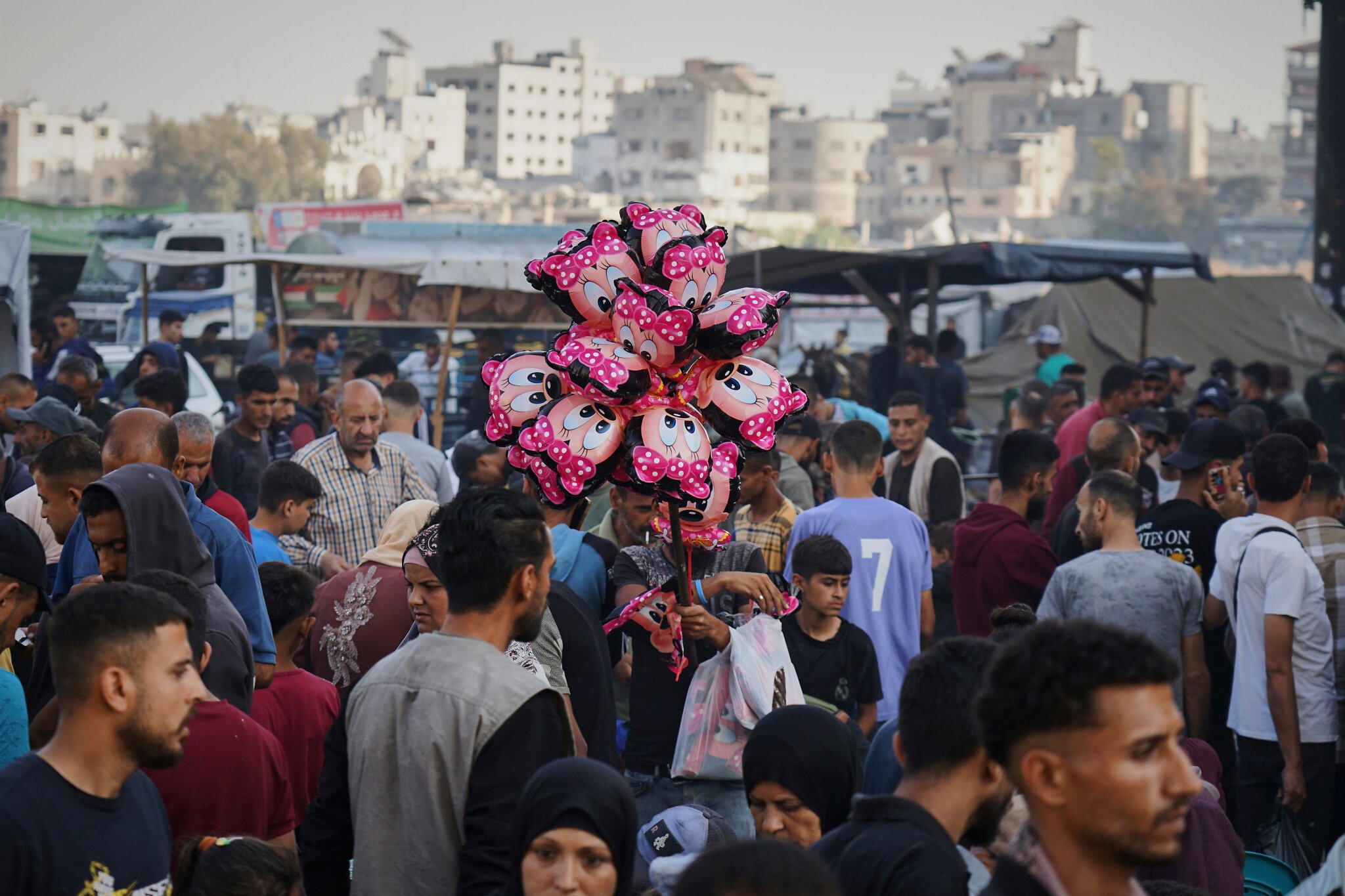
Some of the little livestock that remained were on sale at a makeshift pen set up in the vast tent camp of al-Mawasi on the southern Gaza coast, but no one could afford to buy.
“I can’t even buy bread. No meat, no vegetables,” said Abdel Rahman Madi to the Associated Press. “The prices are astronomical.”
At a street market in the nearby city of Khan Younis, some stalls have stuffed sheep toys and other holiday knick-knacks and old clothes. But most people left without buying any gifts after seeing the prices.
“Before, there was an Eid atmosphere, the children were happy… Now with the blockade, there’s no flour, no clothes, no joy,” said Hala Abu Nqeira, a woman passing through the market.
“We just go to find flour for our children. We go out every day looking for flour at a reasonable price, but we find it at unbelievable prices,” she continued.
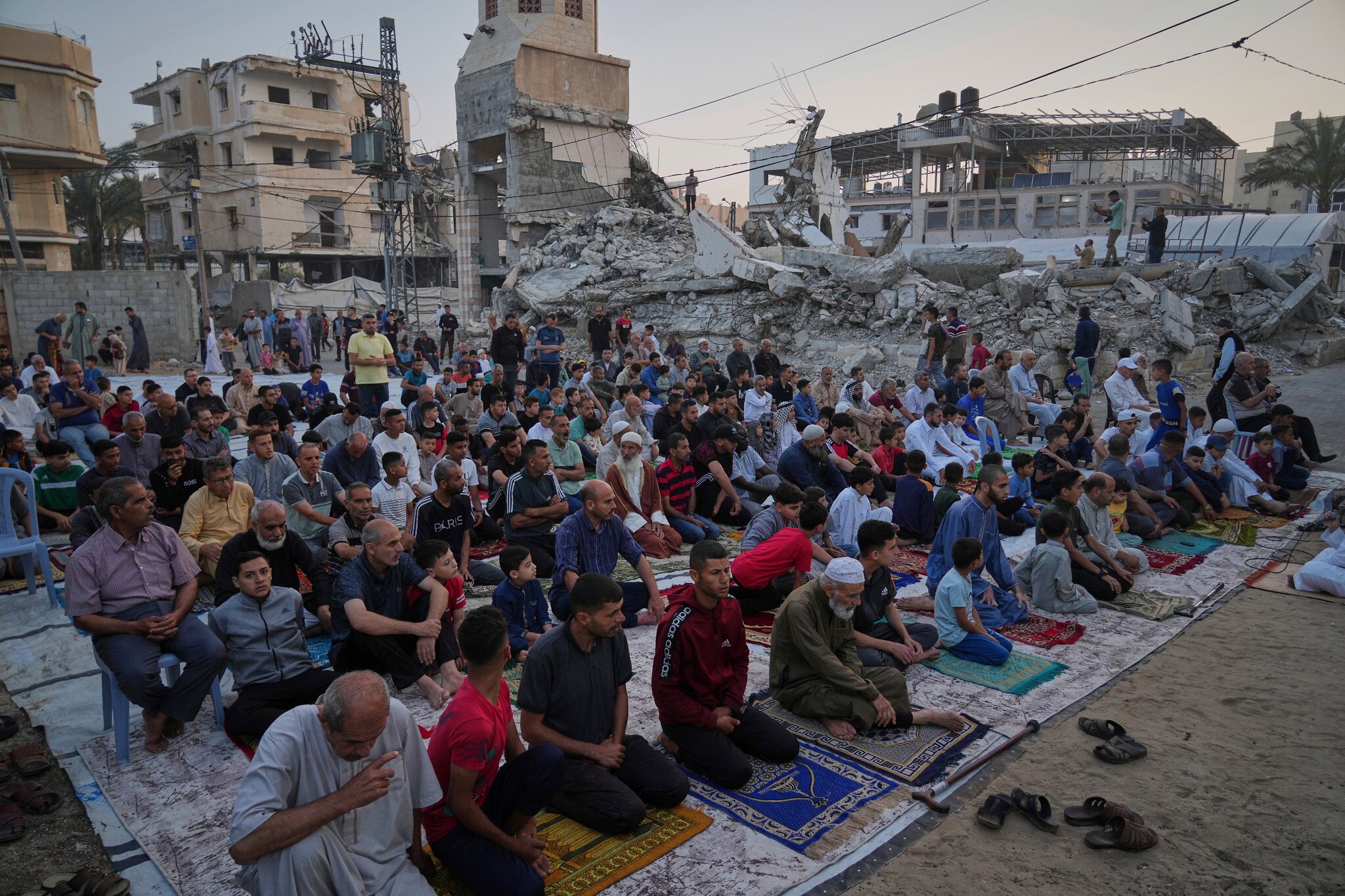
Meanwhile, the Defense Ministry’s Coordinator of Government Activities in the Territories (COGAT) announced Wednesday that 88 humanitarian aid trucks carrying flour and food entered the Gaza Strip throughout the day.
The UN has said 600 trucks of aid need to be distributed each day to properly feed the Strip’s roughly two million people.
